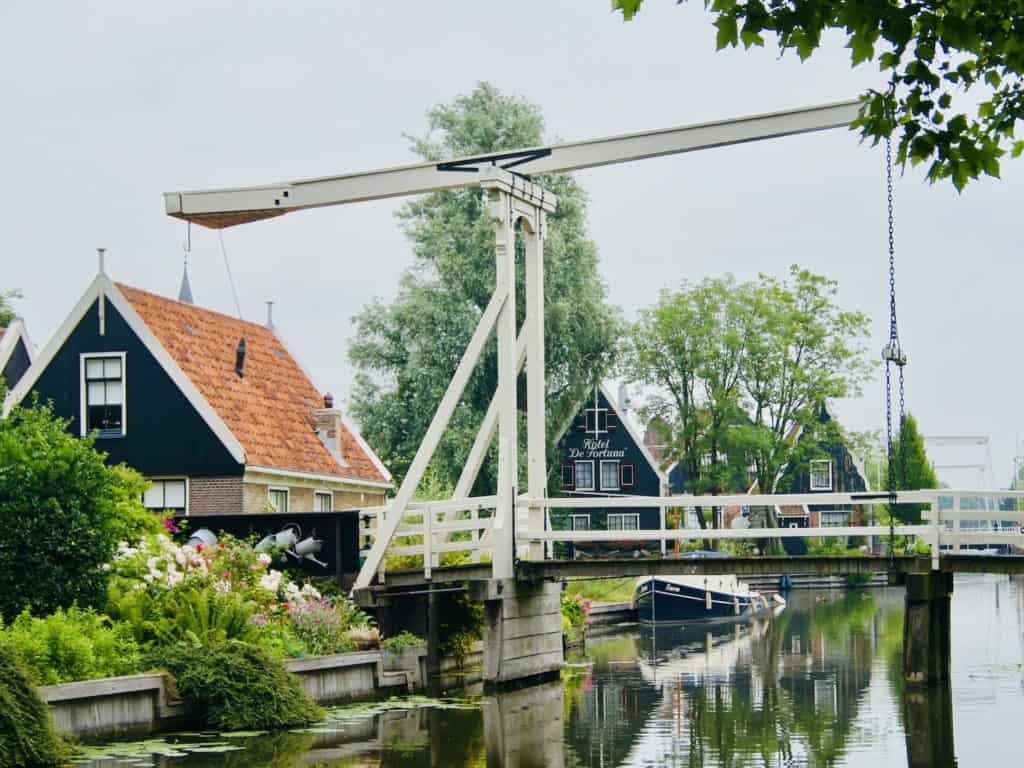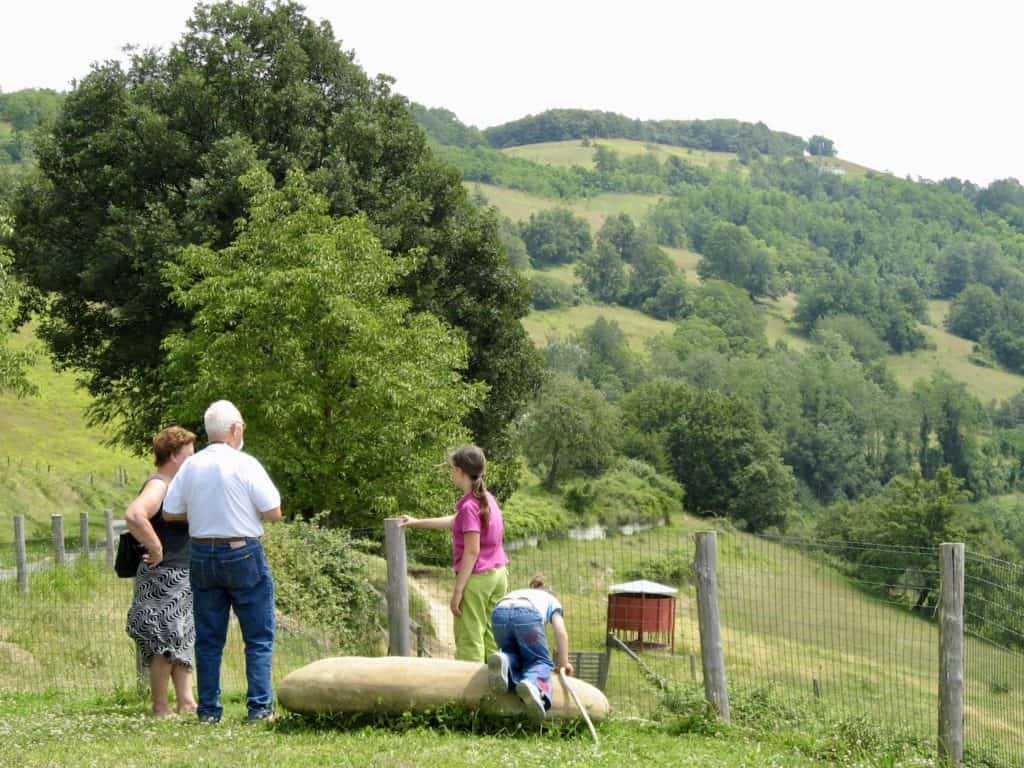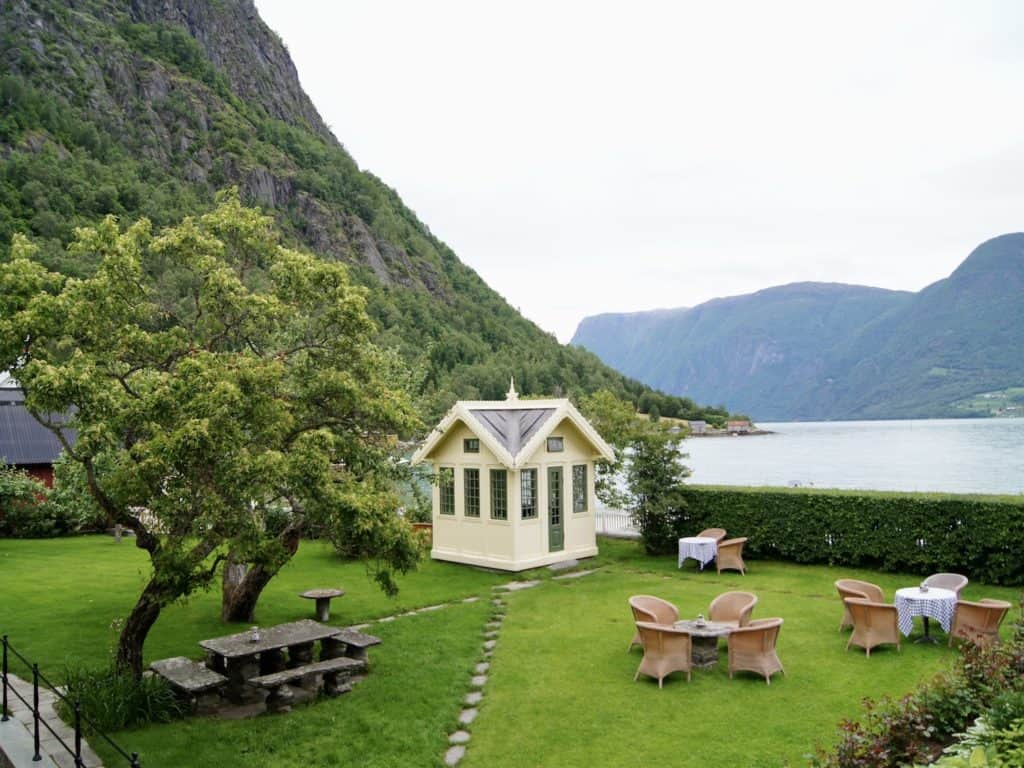Bonjour! France is a vast country with so many interesting regions to enjoy whether you are interested in its rich history, art, culture, food, and wine — or all of the above. My husband and I love to explore different spots in Europe — and France is one of our favorites. More often than not, we fly into Paris, transfer to the French TGV high-speed train system (and then rent a car once we arrive at the destination’s train station) and we’re on our way to an inviting region for about a week or so. When we’ve completed our regional self-guided tour, we head back to Paris (by train or car) and enjoy a few days of relaxation and sightseeing before jetting back home. This article highlights Normandy (with the D-Day beaches) and Brittany — two northwest regions that can be visited in one trip. In Provence, in the south of France, are delightful Arles, Avignon, Cassis, Roussillon, and Saint-Rémy-de-Provence. My husband and I have visited these towns over the years, and our time in them have become some of our favorite travel memories. Centrally located Paris is the main attraction for many and is always our favorite place to unwind after spending time elsewhere in France before we head back home.
Our Usual France Itinerary
- Fly into Charles de Gaulle airport in Paris
- Take the TGV high-speed train to a region outside Paris. Once we get off the train, we’ll pick up a car that we reserved ahead of time.
- Explore that region (we usually spend a week or more in this step)
- Take the train or drive back to Paris (return the rental car, if this option was used)
- Spend a relaxing time enjoying Paris — its sights, neighborhoods, parks, and cafes — and maybe a day trip to Giverny, Versailles, or other nearby spots.
This article highlights the following options for a visit to France:
- Normandy & Brittany (northwest France)
- Provence (southern France)
- Paris, our relaxing destination to end our trip
1. Normandy & Brittany
Normandy, the name of which is derived from the Viking Norsemen (“Northmen”) who settled in the area in the 9th century, is well known by Americans as the site of the amphibious invasion by the Western Allies during World War II in 1944. This is a beautiful region of France with great coastal drives along with the D-Day beaches and Mont St. Michel. After Normandy, it’s an easy drive west to Brittany.
Brittany, to the west of Normandy and jutting into the Atlantic Ocean, offers a craggy coastline and some fun places to explore. Dinan is a delightful town to spend a night or two. And a stay in Douarnenez provides a good base to visit Pont-Aven (home to Paul Gauguin for eight years, it is a town devoted to art with many galleries) and Concarneau (a walled town that is now lined with shops and tourists; although we enjoyed a walk along the ramparts, it was a bit too touristy for us).
Normandy: Honfleur
My husband and I chose Honfleur as our first of four bases (Honfleur, Bayeaux, Dinan, Douarnenez) from which to explore Normandy and Brittany due to its location, history, and coziness. (We try to avoid staying in modern 20th and 21st-century neighborhoods and towns of Europe.) Honfleur is a working port with a long maritime history. Some of its buildings and churches date back to the 11th century. While there, consider:
- a meal at a cafe on the picturesque Vieux Bassin (the town’s small harbor).
- strolling the town while window shopping and taking in the laid-back culture.
- visiting Saint Catherine’s Church. When you’re inside and looking up, you can visualize an upside-down ship. Why? It was built by the region’s primary craftsmen — boat builders.
- Among many things, this region is known for its production of Calvados, a powerful and tasty spirit. So, we enjoyed visiting a few Calvados distilleries after being tipped off about them by a friend.

Normandy: Étretat
Driving from Honfleur, cross the Pont de Normandie — a cable-stayed road bridge that spans the River Seine — and visit Étretat which is known for its rocky arches that dramatically emerge from the sea. It may be hard to leave this place. It is so peaceful and beautiful, sitting on the cliffs, and enjoying the water views along with unique rock formations.

Normandy: Caen
Make a stop here for the Caen Memorial Museum. The museum’s exhibits explain the events leading up to the Allied 1944 invasion; it also includes post-war political and military European developments.
Normandy: Bayeux
Bayeux is a town on the Aure River about seven miles from the English Channel coast. Its medieval center consists of cobbled streets and half-timbered houses. This is a good base from which to visit the D-Day sites.
The Bayeux Tapestry is a must-see in Bayeux. This museum contains the 230-foot-long tapestry story of William the Conqueror’s English invasion and was created in the 1070s. It’s incredible to think that centuries ago, artists mapped out the major events of the day and then embroidered this intricate creation to document that military expedition.

Normandy: D-Day Beaches
Be prepared for an emotional experience. Allow yourself to imagine the mostly 18 to 20-year-old soldiers who landed on these well-defended beaches and scaled these equally well-defended bluffs and cliffs. Once you get through those initial emotions (that will likely stay with you for quite some time), you gain a sense of the logistical enormity of D-Day — all planned and executed without computers, cell phones, etc. Incredible.
Highlights from east to west, are:
- Arromanches 360 Center overlooks the artificial harbor at Arromanches which was known as Port Winston.
- WWII Normandy American Cemetery and Memorial. Before entering the cemetery with its over 9,000 marble crosses and Stars of David, you’ll want to spend some time in the visitor center. The self-guided tour is informative and you’ll quickly become engulfed in the history that affected so many Allied soldiers of that amazing generation. (What greatly impacted me were all the personal possessions of those who fought and died here.) After the visitor center, continue outside to the cemetery. Also, you can walk down the steps to the beach below and contemplate the hefty sacrifice so many made along these shores.
- Other D-Day beaches: Omaha Beach and Utah Beach. Note that the beaches used by the Canadian military and the Canadian cemetery are just east of Omaha Beach.
- Pointe du Hoc where U.S. Army Rangers were not outdone by the steep cliffs to reach a German military site. Here you’ll see remnants of German bunkers and craters created by bombs.
- Sainte-Mère-Église, a small village inland of Utah Beach, was the target of American paratroopers who wanted to land behind enemy lines to help their comrades coming onshore by way of Utah Beach. Atop the town’s medieval church is a representation of an American paratrooper whose parachute got snagged on the church’s steeple.



Church in Sainte-Mère-Église
On June 6, 1944, American paratroopers landed in Sainte-Mère-Église in their quest to liberate the town. This church bell tower holds a mannequin with a parachute to illustrate how an American paratrooper, Pvt. John Steele, got caught on one of the church’s spires when trying to land. This scene was made famous by the 1962 movie, The Longest Day.
Inside the church are stained glass windows depicting the Virgin Mary and Jesus with paratroopers around them, created to memorialize and honor those who helped liberate the town in 1944.
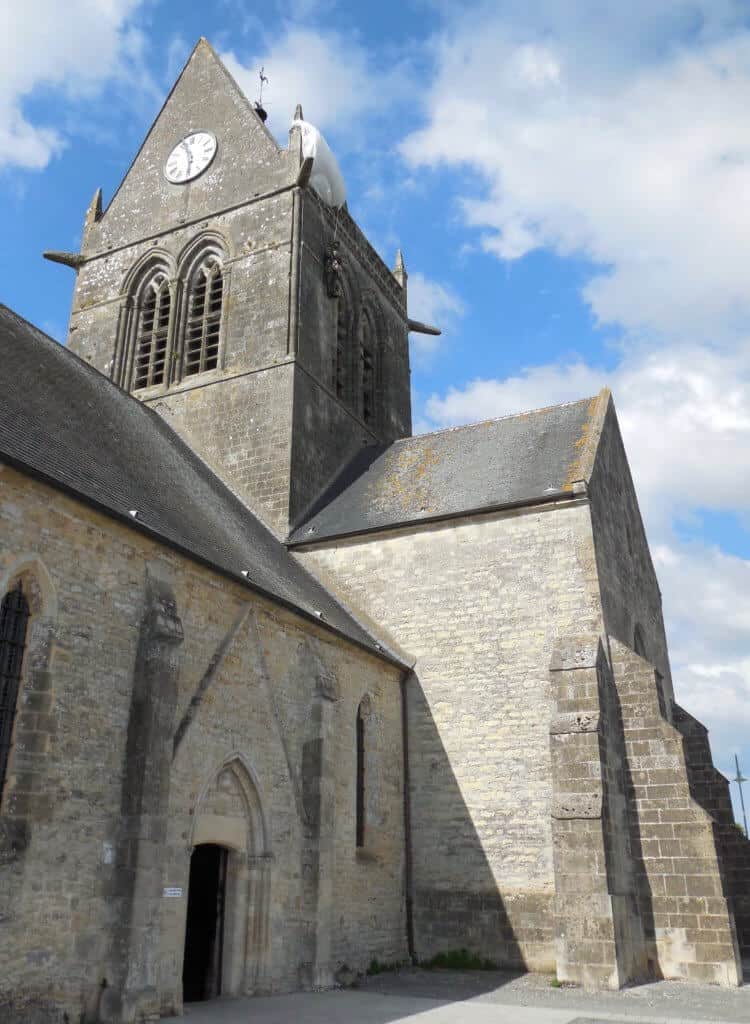
Normandy: Mont St. Michel
Another highlight in Normandy is Mont St. Michel, an iconic landmark. Per legend, St. Michael, the archangel, appeared in a dream to a bishop who commanded him to build on Mont Tomb. It became a pilgrimage site over 1,000 years ago. It also held fortifications to protect the inhabitants from the British as this was part of a contested region since it was on the border of Normandy and Brittany.
Its layout underscores the feudal society that constructed it: on top, God, the abbey and monastery; below, the great halls; then stores and housing; and at the bottom, outside the walls, houses for fishermen and farmers. Mont St. Michel is a UNESCO World Heritage Site.

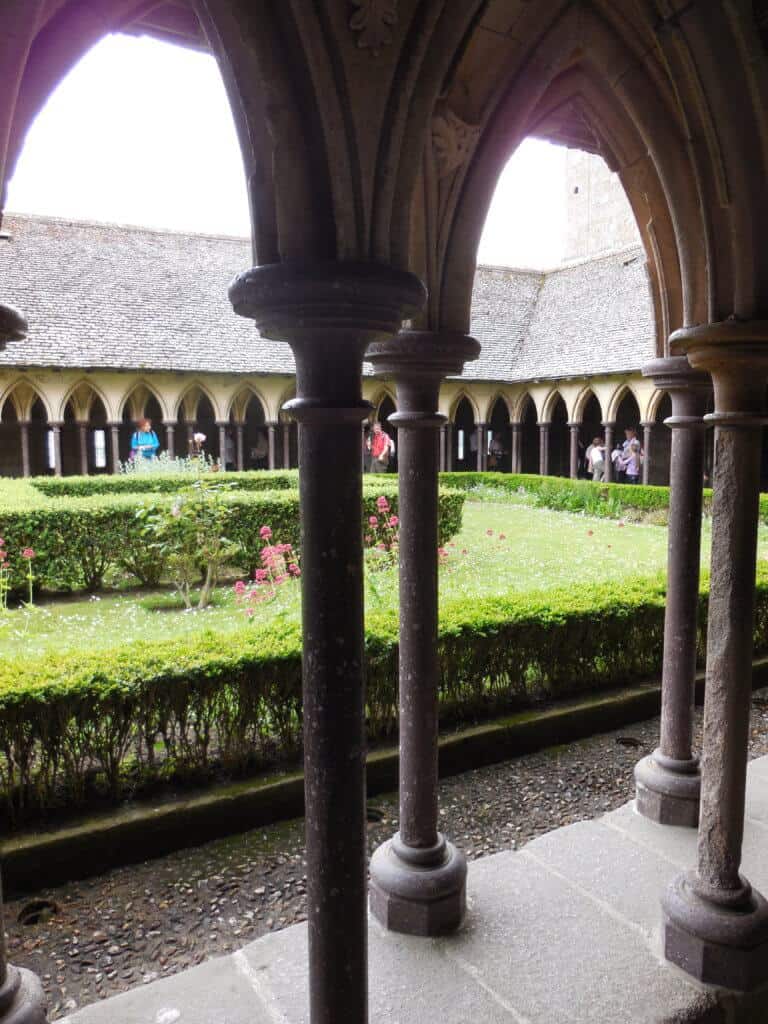
The cloister at Mont St. Michel offers a tranquil place to rest after hiking up pitched streets and walkways that lead to seemingly countless stairs. But it’s all worth it once you reach this beautiful spot!
Brittany: Dinan
Dinan is about 106 miles from Bayeux. As one of those storybook french medieval towns, it was a bit challenging to drive into. But once there, we relaxed, strolled, and enjoyed this quaint and charming town.
Highlights of our visit include:
- The cobbled Rue de Petit Fort is a street lined with stone and half-timbered 14th to 16th-century homes. Some of the houses look like they’re leaning to the left, others to the right, and others toward the street.
- The Old Port at the bottom of Rue de Petit Fort along the River La Rance. You’ll find many quaint restaurants and shops here.
- Walking the ramparts that surround the old town.
- Visiting Cap Fréhel that offers spectacular rugged coastal scenery via the waterside walk (which began in Ploumanach). Also, there’s Fort la Latte, a medieval castle, that you could include in this outing.
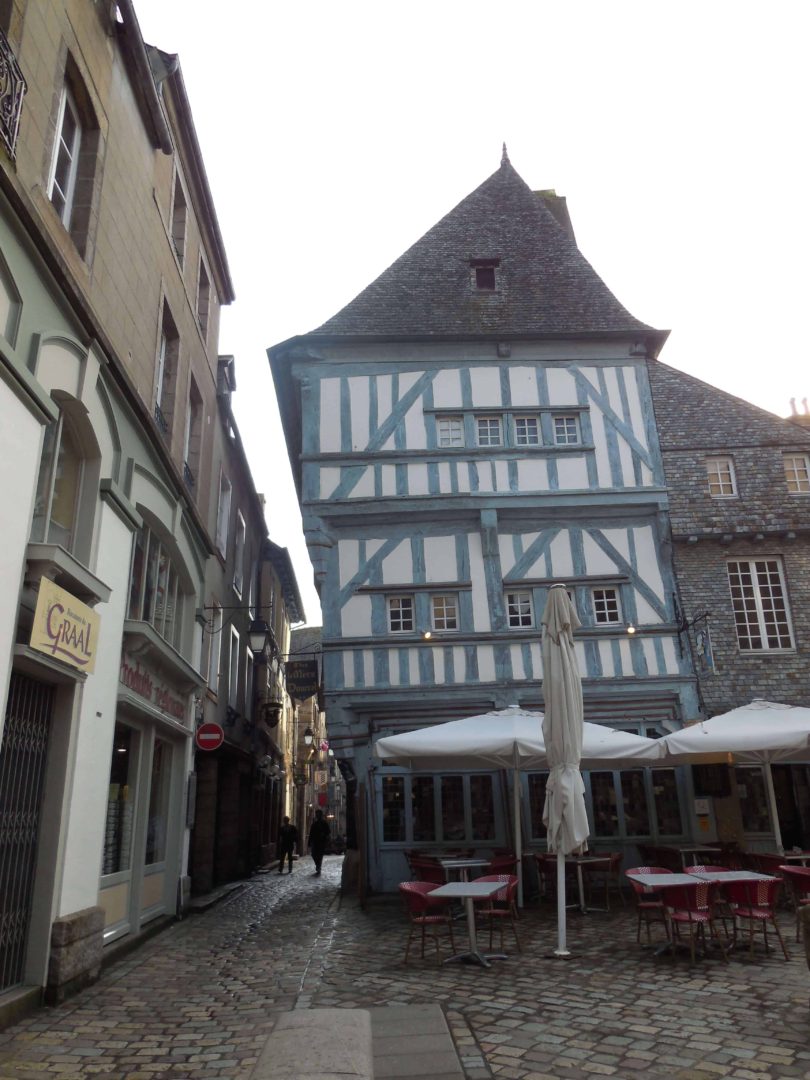
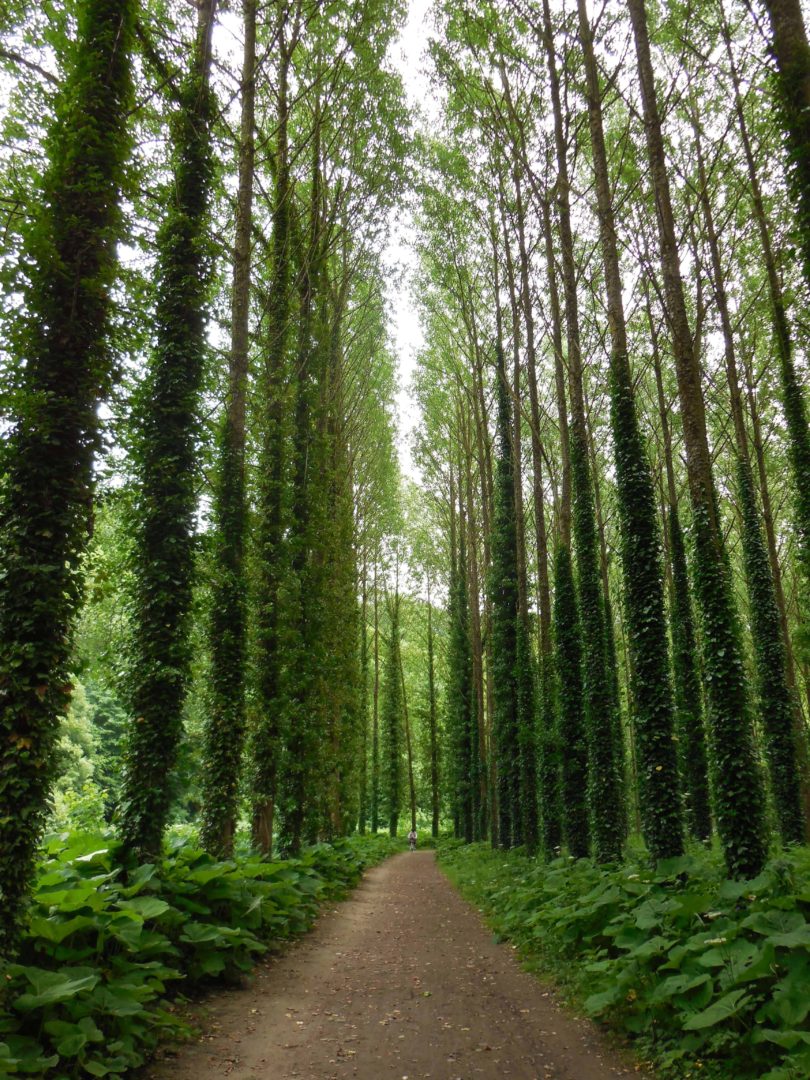
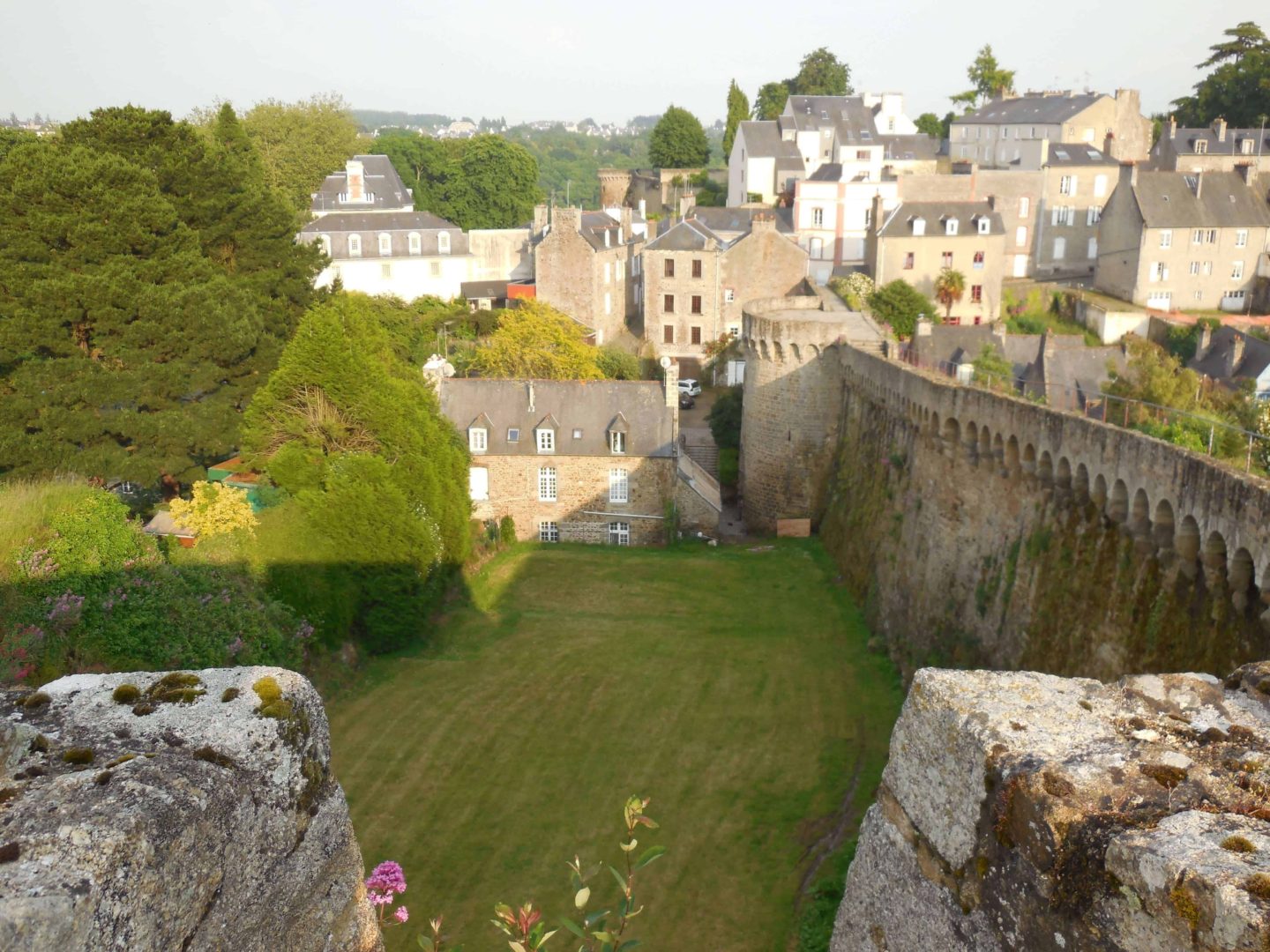
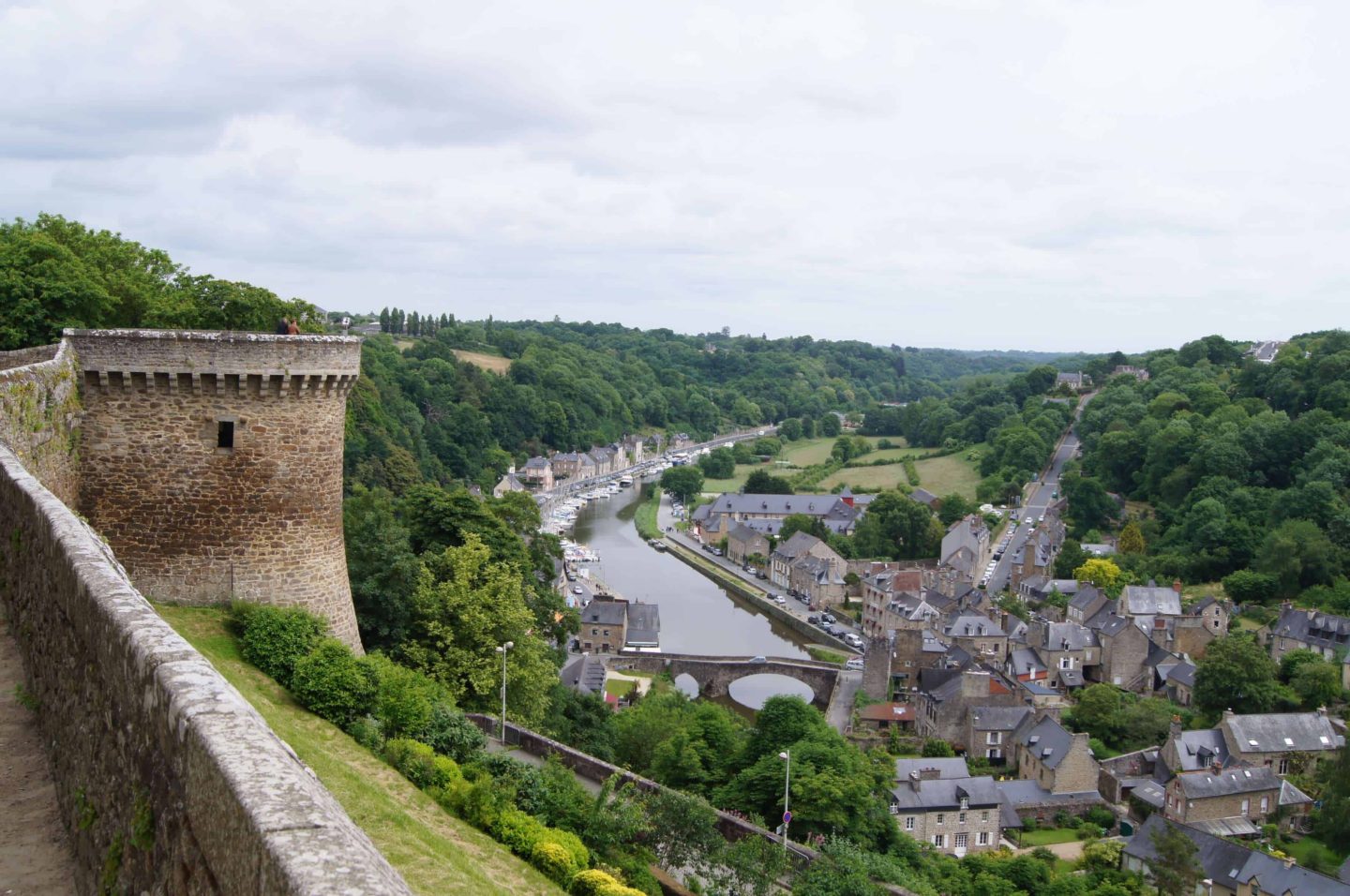
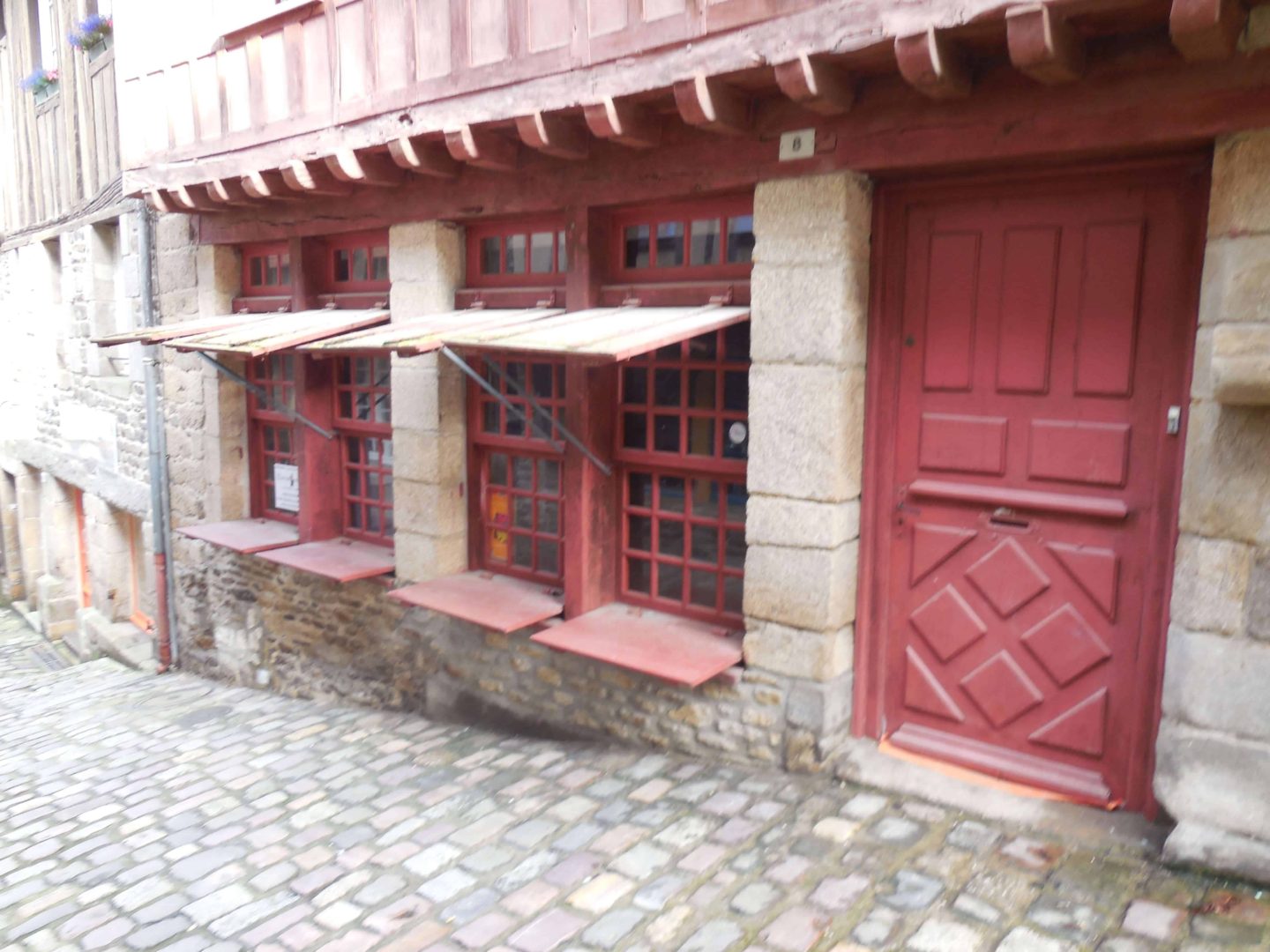
Dinan was definitely the highlight of our stay in Brittany. If you have the time, you may want to explore more of this region. As mentioned earlier, we did stay in Douarnenez and visited Pont-Aven and Concarneau. But if time is short for this portion of your trip, you may consider just concentrating on the beauty and charm of Dinan.
2. Provence
Provence is such a charming part of France. Here in southern France, you’ll find so many picturesque, medieval villages with authentic charm. Some of our favorite memories of Provence include our sojourns in Arles and Avignon, two very popular destinations in Provence, along with day trips to Roussillon and Saint-Rémy-de-Provence. In addition, Cassis is a quaint seaside town to visit if you’re close to Marseille.
Provence: Arles
Arles is one of those storybook medieval large towns in the heart of Provence. It’s relatively easy to drive into, but bear in mind, the streets can be very narrow and some are one-way. (That’s one reason we tend to rent small cars in Europe!)
Highlights in Arles include:
- The Roman Amphitheater that is a two-tiered Roman amphitheater. The pronounced towers jutting out from the top are medieval add-ons. Enjoy dinner at one of the many nearby outdoor cafes with a magnificent view of the amphitheater.
- The Arles Saturday open-air market where anything from aromatic and colorful sacks of spices, cheeses, jewelry, linens, and souvenirs to live chickens can easily be purchased. This is the European market to beat.
- All the French boutiques and cafes you could ever want to experience.
- Place du Forum with its cafes and people-watching potential. The famous cafe from Vincent van Gogh’s Café la Nuit is located there.
- Following in the footsteps of Vincent van Gogh. You can walk around Arles and drive in the countryside to visit the places that inspired some of Van Gogh’s many paintings while living here from 1888-1889. There are informational signs at each place designating such a spot.

Provence: Avignon
Avignon is where the Catholic Papacy moved for a number of years in the middle ages (1309-1377). The walled old town retains that feel with narrow, and sometimes, one-way streets. Reach this town from Paris via the TRV (bullet train).
Highlights of our visit include:
- Palais des Papes, the 14th-century papal palace (when it was decided that Italy was too dangerous for a Pope) once a rival to the Vatican, with 25 open rooms with frescoes.
- Pont d’Avignon (officially the Pont St. Benezet), the historic remains of the 12th-century bridge with 4 arches (of the original 22 arches) spanning the Rhone River and a small chapel to St Nicholas. The bridge played an important role as it was one of the very few that crossed the Rhone River and thus served as a pilgrimage route.
- Place de l’Horloge, is a very relaxing square with a carousel and usually a variety of performers.
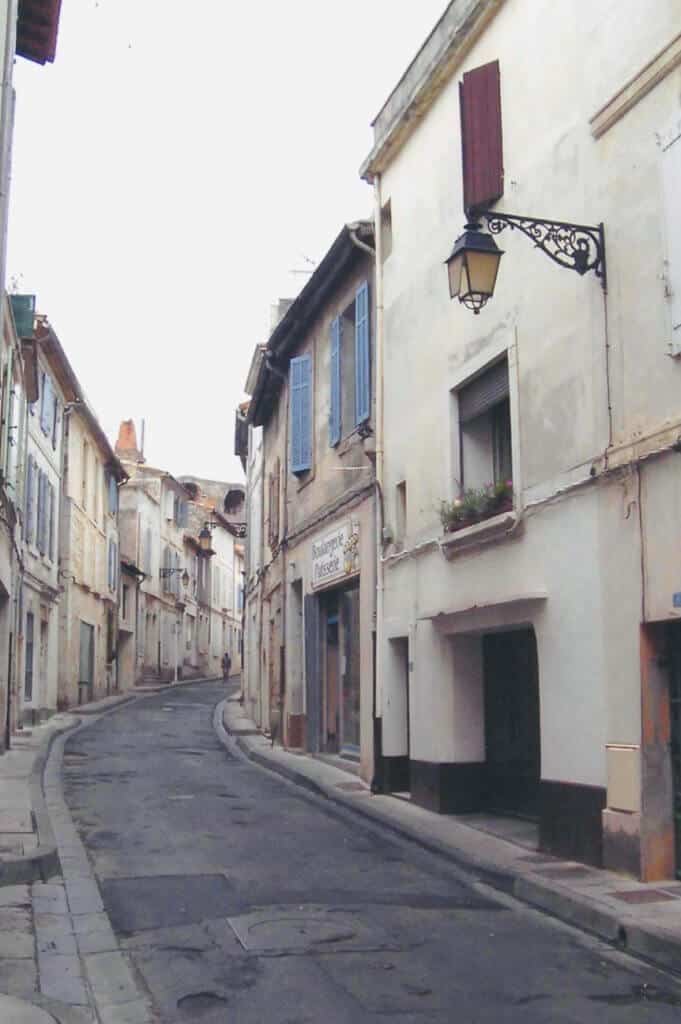
A view on an early morning walk in Avignon. A very charming town!
Provence: Cassis
Cassis is a charming seaside town and worth a day trip or an overnight if you’re near Marseille. Linger at an outdoor cafe and take in the harbor scene, enjoy a boat ride, or go for a hike uphill to gain stunning views.
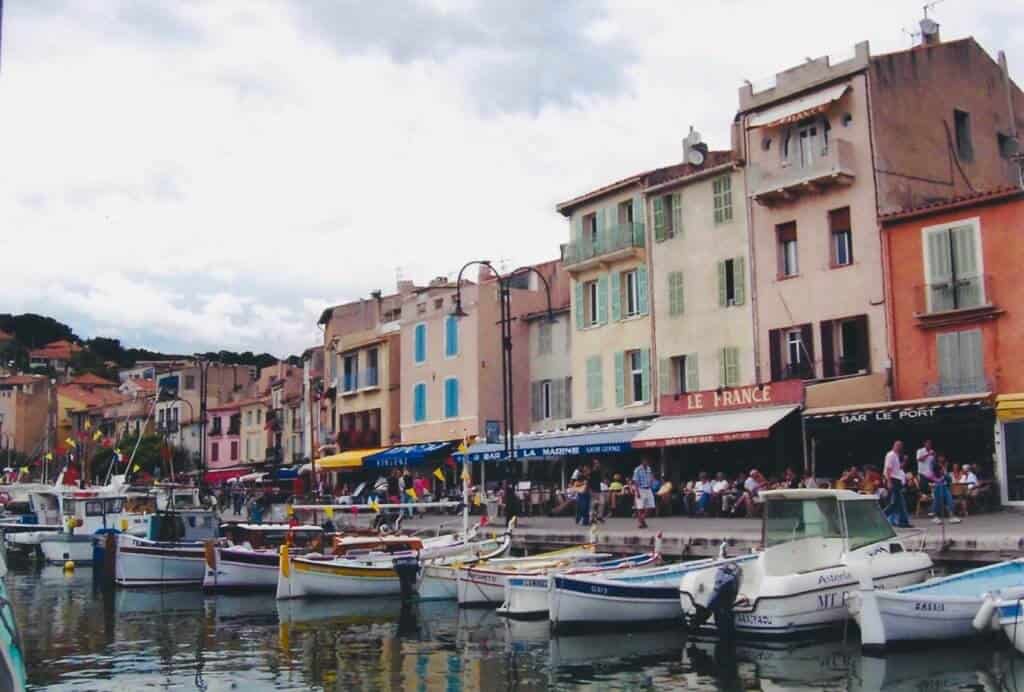
Provence: Roussillon
Roussillon is worth a detour if you’re visiting Avignon (about 30 miles away) or Arles (about 60 miles away). Besides the delightful town, you can hike through an ochre quarry. Be forewarned: your shoes will be covered with ochre dust when you leave, but it’s a gorgeous hike.
My husband is dwarfed by the trees on a hike through the quarry in Roussillon, in southern France.
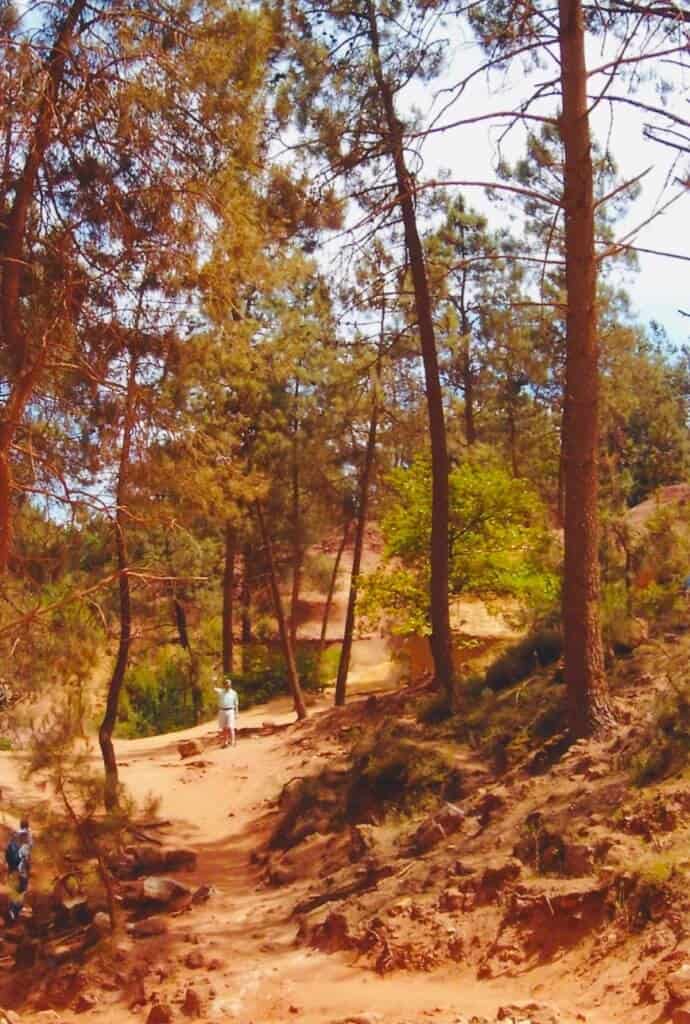

Provence: Saint-Rémy-de-Provence
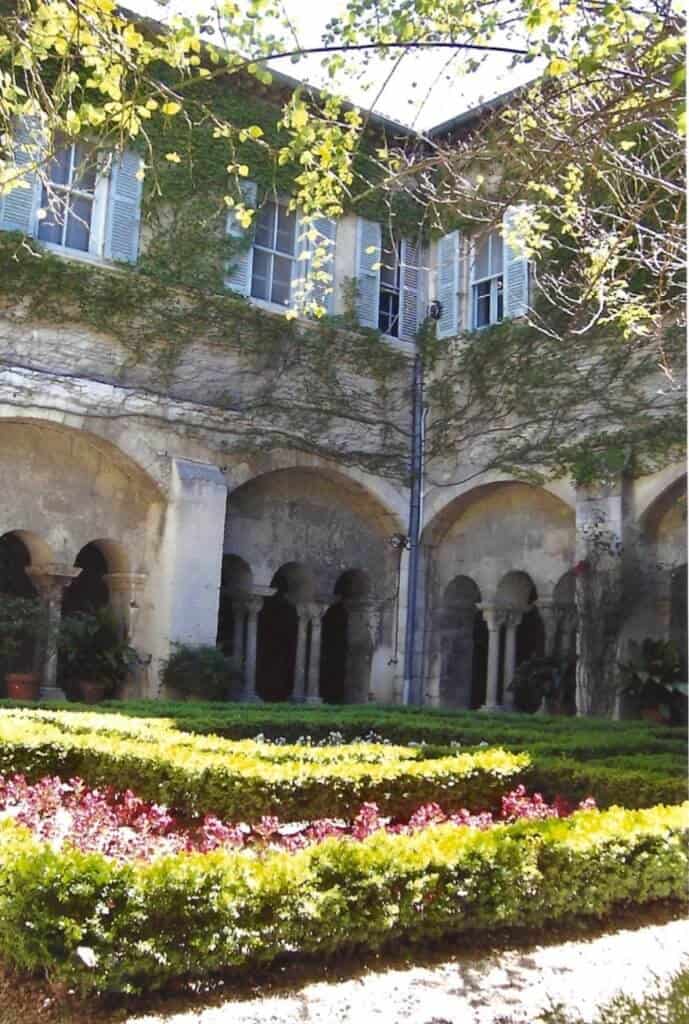
In Saint-Rémy-de-Provence, you’ll enjoy visiting the town as well as the hospital, which is a former monastery, where Vincent van Gogh once lived. Visitors can enter his room and peer out the same window he did to gain inspiration for some of his many works created while living here. Saint-Rémy-de-Provence also has ruins of the ancient Roman city of Glanum and is located about 13 miles from Avignon and about 16 miles from Arles.
3. Paris
Paris holds a special place in many people’s hearts. With a large international airport, Paris is a great embarkation and debarkation point when visiting Europe or before or after visiting other parts of France. Spending time in Paris is our favorite thing to do after we’ve explored other parts of this beautiful country.
There’s something for everyone here. All the stereotypical touristy stuff … DO THEM, you won’t regret it! And don’t forget to leave time for sitting at a sidewalk cafe sipping wine or coffee.
Paris highlights include:
- The Louvre. Yes, it’s home to the Mona Lisa (which was so much smaller than one normally expects), but it’s so much more! This place is huge, do your homework on what you want to see, and plan your time wisely.
- Tuileries Garden, a relaxing stop, located between the Louvre and Musee d’Orsay.
- Musee d’Orsay. At the Orsay are treasures from great Impressionists: Monet, Manet, Degas, Renoir, Van Gogh, Gauguin, and Cézanne.
- Strolling along the Seine and enjoying a waterside mini-picnic. A baguette and some cheese work perfectly.
- Enjoying another picnic at one of the spectacular parks such as Jardin du Luxembourg.
- Notre Dame Cathedral, a magnificent cathedral completed in the mid-14th century that, unfortunately, experienced a catastrophic fire in 2019. Enjoy the impressive façade when entry is not permitted.
- Sainte-Chapelle, a Gothic cathedral with beautiful stained glass.
- Army Museum and Napoleon’s Bonaparte’s Tomb.
- Walking and window shopping along the Champs-Élysées.
- Enjoying the view from atop the Arc de Triomphe.
- Visiting the Eiffel Tower. Whether you actually visit the Eiffel Tower or enjoy it from the ground, it’s an impressive landmark — especially when it’s dressed in its illuminated fineness at night.
- Taking an evening cruise on the Seine to enjoy the city from a different perspective.
- Day trip to Versailles (see next section).
- Day trip to Giverny to visit the house Claude Monet called home for over 40 years and the gardens that became famous in his legendary paintings.
TIPS for a Paris visit:
- Purchase museum tickets online ahead of time, so you can skip the lines at museums. Include them with your travel documents before leaving home.
- If you know you’ll want to visit quite a few museums and major sights while in Paris, consider the Paris Museum Pass which offers entry to the major museums and sights; the pass could save you money.
- To efficiently get from one city destination to another, take a Hop-On, Hop-Off bus.

Giverny (Day trip from Paris)
Claude Monet’s home in Giverny is technically located in Normandy, but it’s an easy day trip from Paris. (We took the train.) You can walk through Claude Monet’s house as well as the iconic gardens that were featured in his Impressionist paintings.

Versailles (Day trip from Paris)
Versailles is a top destination for millions of visitors to France a year. This is the palace that King Louis XIII built as a small chateau in the 1630s and was expanded on a grand scale by King Louis XIV from 1661-1715. What you see today is an amazing former residence (and national capital for a time). Versailles was the country’s center of the arts, science, and government in the 17th and 18th centuries. Several peace treaties were signed here including The Treaty of Versailles, ending World War I in 1919.
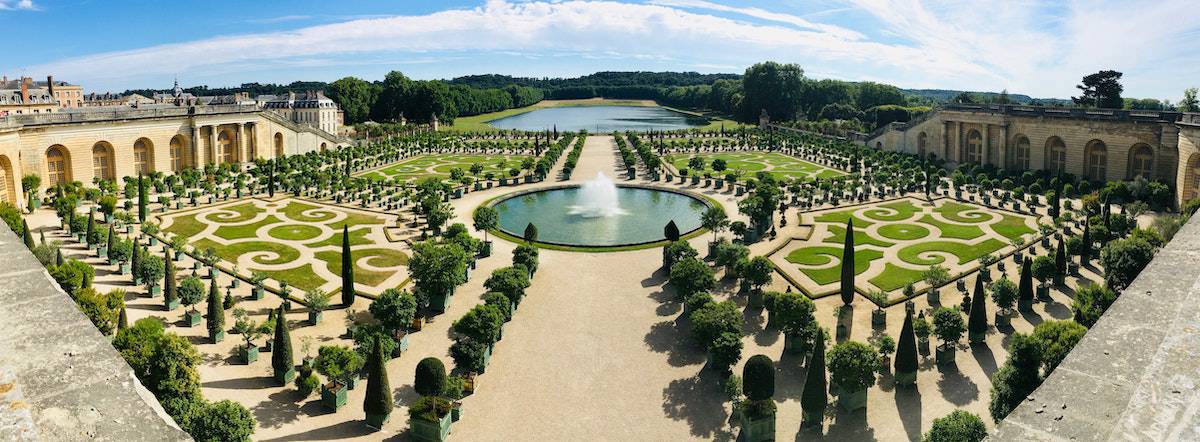
Visit the over-the-top palace, the expansive gardens, and Marie Antoinette’s oasis, Petit Trianon. Everything was meticulously planned including the seemingly endless view of the gardens from the palace. Take your time here to soak up the opulence and history.
Versailles is an easy day trip from Paris as it’s only 15 miles west of the city. You can take a train and/or guided tour from Paris to Versailles. (We took a train but opted for a self-guided tour.) There are many choices of entry tickets, with some including a row boat ride, a tour of the king’s apartments, and the Fountains Night Show; tickets must be reserved online in advance (as of this writing).
Final Thoughts
France has too many charming regions for just one trip (unless you have the stamina to travel for months at a time). The country offers a bit for everyone — whether you want to walk back in time and explore historical places, want to soak up its famous art collections and culture, or just want to enjoy a relaxed trip with plenty of stops at patisseries, cafes, and shops. Each time we visit France, we conclude our trip in Paris for a few days and add to what seems to be our endless list of Parisian experiences before heading home. Fantastique! Whatever you decide to do: enjoy every minute!
Friendly French Folks
Over the years, my husband and I have enjoyed several sensational sojourns in France. Despite some people’s preconceptions about the French, we have only encountered welcoming and friendly folks. We’ve enjoyed nothing but positive interactions with locals:
- Many years ago, while driving a rental car, we got lost on our way to a chateau. We asked a woman who was hanging up her laundry for directions on a Saturday morning. When she realized we were lost, she put down her laundry and personally guided us to the chateau.
- When we were at the Charles de Gaulle Airport (in Paris) ready to fly home, a security officer thanked us for all that America has done for France.
- The Hop-On, Hop-Off bus driver in Paris who stopped the bus in the middle of the Avenue des Champs-Élysées, telling his passengers that they had to disembark because his shift had ended. (We learned a good lesson: note the hours of the various buses!) This could have ruined our afternoon, but we decided to make the best of it: we walked down the Champs-Élysées, climbed to the top of the Arc de Triomphe and enjoyed the view, and afterward, strolled to our hotel by the Eiffel Tower — a stop or two along the way at an outdoor cafe for a glass of wine and some nibbles helped make it quite an enjoyable experience.
Parlez-vous français?!
As in any kind of travel, knowing a few phrases in the native language helps when interacting with locals; nowadays, that’s easy if you use the Google Translate app.
Comments
Feel free to leave a comment about your experiences in France. Your thoughts could help fellow travelers. Thanks! 🙂

